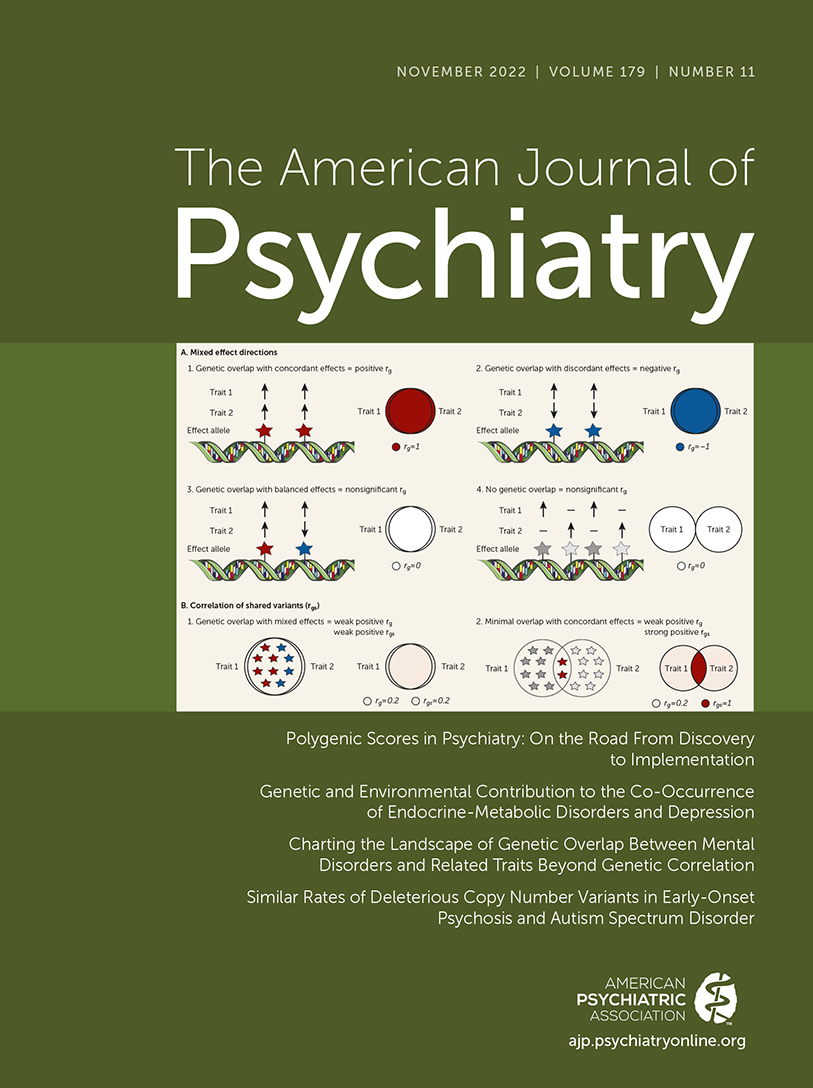Similar Rates of Deleterious Copy Number Variants in Early-Onset Psychosis and Autism Spectrum Disorder
Abstract
Objective:
Copy number variants (CNVs) are strongly associated with neurodevelopmental and psychotic disorders. Early-onset psychosis (EOP), where symptoms appear before 18 years of age, is thought to be more strongly influenced by genetic factors than adult-onset psychotic disorders. However, the prevalence and effect of CNVs in EOP is unclear.
Methods:
The authors documented the prevalence of recurrent CNVs and the functional impact of deletions and duplications genome-wide in 137 children and adolescents with EOP compared with 5,540 individuals with autism spectrum disorder (ASD) and 16,504 population control subjects. Specifically, the frequency of 47 recurrent CNVs previously associated with neurodevelopmental and neuropsychiatric illnesses in each cohort were compared. Next, CNV risk scores (CRSs), indices reflecting the dosage sensitivity for any gene across the genome that is encapsulated in a deletion or duplication separately, were compared between groups.
Results:
The prevalence of recurrent CNVs was significantly higher in the EOP group than in the ASD (odds ratio=2.30) and control (odds ratio=5.06) groups. However, the difference between the EOP and ASD groups was attenuated when EOP participants with co-occurring ASD were excluded. CRS was significantly higher in the EOP group compared with the control group for both deletions (odds ratio=1.30) and duplications (odds ratio=1.09). In contrast, the EOP and ASD groups did not differ significantly in terms of CRS.
Conclusions:
Given the high frequency of recurrent CNVs in the EOP group and comparable CRSs in the EOP and ASD groups, the findings suggest that all children and adolescents with a psychotic diagnosis should undergo genetic screening, as is recommended in ASD.



